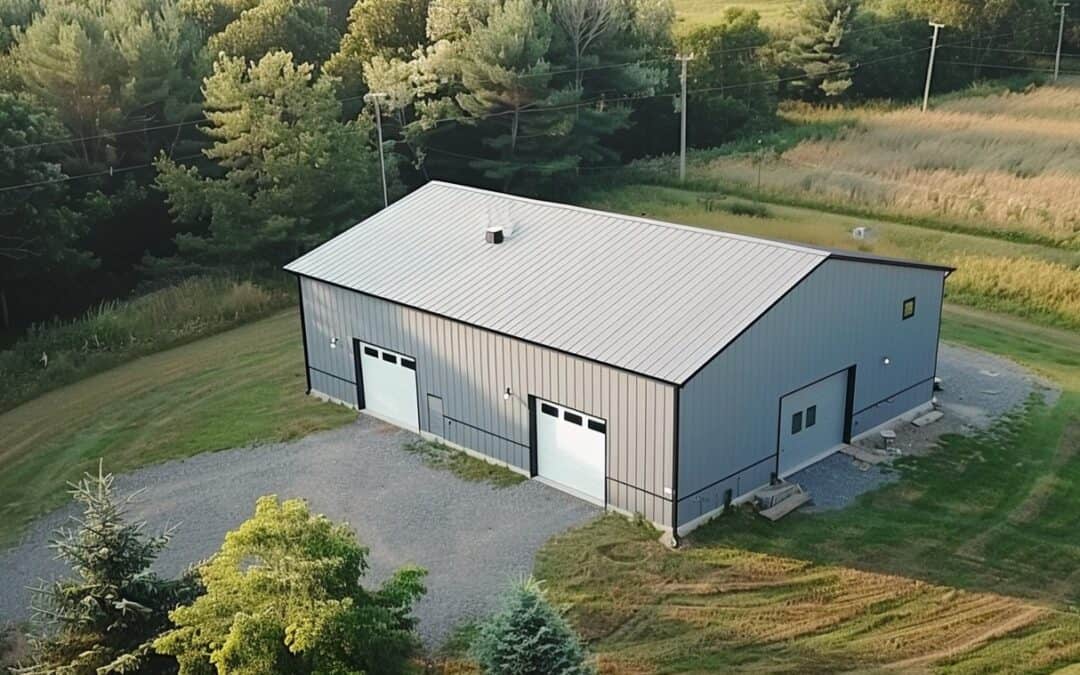Addressing the High Cost of Construction in British Columbia: A Three-step Strategy
Introduction
As the new government in B.C. resumes office, they are met with pressing challenges – the notably high cost of construction being one of them. From exorbitant interest rates and escalating construction costs to skyrocketing municipal fees – the tasks at hand are pressing. Anne McMullin, a seasoned industry expert, has proposed a trio of solutions that could alleviate these stresses and create an environment more conducive for future construction projects.
Analyzing the Current Situation
The cost of building in B.C, like many other regions in Canada, has been on a continuous upswing. This has been spurred on by various factors, including but not limited to, high-interest rates, climbing construction costs, and soaring municipal fees. Furthermore, the implementation of the new building code has left industry stakeholders scrambling to adapt, further compounding the financial strain.
Let’s picture this for a moment. For instance, consider building a steel structure in Ontario. Right from securing the permit to the final touches, every stage of the construction process is fraught with excessive expenditures. Lamentably, this isn’t an isolated case limited to Ontario. The scenario is mirrored in many parts of Canada, including B.C.
A Three-step Solution
The question that now stares in the face of the newly-formed government is this: How can we address the high cost of building? Anne McMullin has a three-step action plan to offer.
The first step proposed is to give builders enough notice and time to adjust to the new changes in the building code. A sudden implementation can create chaos, making it hard for construction companies to readjust their strategies and operations. On the other hand, a gradual, phased implementation would allow them ample time to adapt, reducing undue pressure.
Following this, McMullin suggests measures to reduce interest rates during construction. This would free up significant capital and reduce the financial burden on developers. A move like this would positively impact not just the contractors but also the consumers who eventually bear the brunt of high construction costs.
Empowering Construction and Real Estate
Lastly, in this triad of solutions is the need for urgent modification of escalating municipal fees. Municipal costs and fees, which seem to be incessantly on the rise, need to be contained and reasonably regulated. This reform is expected to bring substantial relief to the industry and consumers alike.
The Road Ahead
While these points give us a comprehensive action plan, the process of implementation is another challenge. Hence, the onus rests on the new government, which must display the will and determination to tackle these issues. McMullin’s approach provides a sturdy blueprint, and it’s now up to policymakers to bring it to fruition.
In essence, construction and real estate development are pillars of progression. When these sectors thrive, they stimulate economic growth, foster jobs, and help communities flourish.
Conclusion
The high construction costs in B.C. are indeed a challenge worth addressing, and the new government has its work cut out. Adopting Anne McMullin’s three-step action plan could be a significant step towards creating a more sustainable construction environment. It urges developers, consumers, and critics to question – could this be the dawn of a more stabilized construction landscape in B.C.?
We encourage our readers to delve deeper into this subject and share their insights. Do you have experiences to share, a question to ask, or a viewpoint to present? We’d love to hear from you.
(Source: Construction EIN News)



